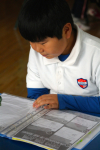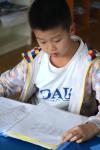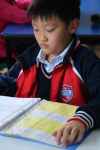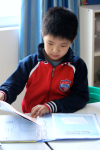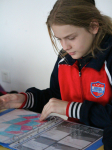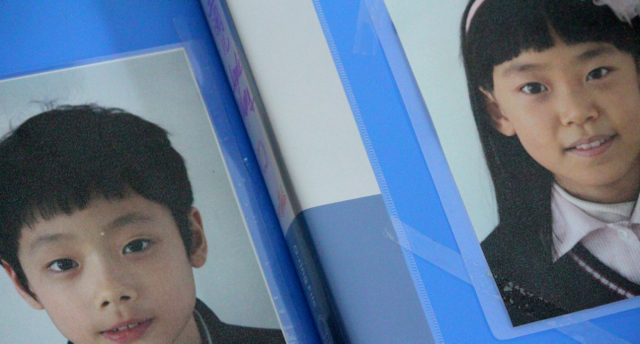
PYP Portfolios – What did you do at school today?
On Monday the 1st December, students will have the opportunity to share their learning with their parents during the Student Led Conferences. The Portfolio will play an integral role in this discussion of challenge and growth between parent and child. Within the realms of the IB Primary Years Programme curriculum, this journal of student learning can be composed any number of ways but its purpose is clear.
A portfolio is a record of students’ involvement in learning which is designed to demonstrate success, growth, higher-order thinking, creativity, assessment strategies and reflection.
Success can take many forms. Demonstrably, there are the obvious examples of high achievement in a certain endeavor; the 100% success rate in questions posed, calculations and challenges set. Equally, there are the breakthroughs in understanding that come from qualities such as perseverance, dedication and commitment, especially when dealing with topics and subjects that aren’t the forte of the student. A student who grapples with a seemingly insurmountable problem and finally sees the light has achieved so much more than meeting a grade; they’ve overcome an immense hurdle. These triumphs mark a new dimension in the learning life of the student and deserves to be celebrated.
A portfolio is a celebration of an active mind at work.
The PYP is as varied as it is demanding. Students are familiar with terms such as “Global Citizens” and “taking action” when, perhaps, our own version of a primary education was getting homework done and learning our multiplication facts. Chances are we grew up and attended school in the same place for a substantial period of time, whereas Primary students at QAIS are as varied in their origins as they are in their cultures and perspectives. As such, the Learner Profile, Attitudes, Transdisciplinary Skills, and much else, is geared around getting them prepared for this ever-changing world while nurturing their roots. It’s layered and multi-faceted, as is their portfolio.
Evidence of learning in a portfolio should be from a range of experiences and curriculum areas. The portfolio is used to show the development of knowledge, conceptual understanding, transdisciplinary skills, attitudes and the attributes of the learner profile over a period of time.
There is much else to be considered but perhaps, for now, let’s recognize one of the greatest attributes of the portfolio is that it answers an age old question that children seem forever reluctant to answer when parents ask them,
“What did you do at school today?”




